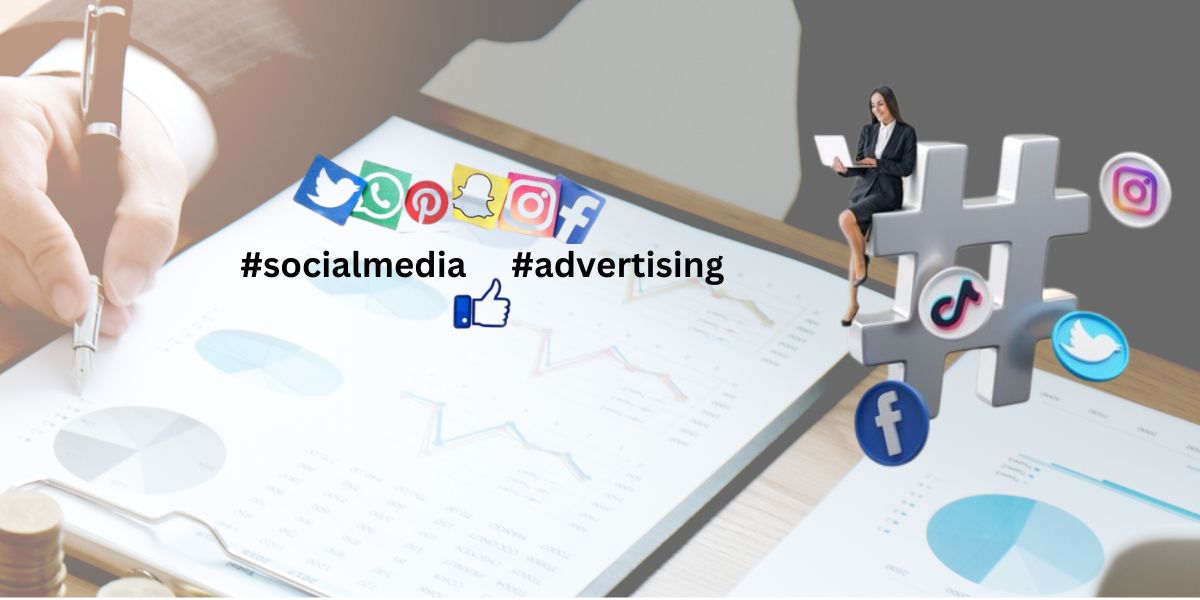In the ever-evolving landscape of digital marketing, businesses are constantly exploring avenues to enhance their online presence and reach their target audiences effectively. Among the plethora of advertising platforms available, Google Ads and Facebook Ads stand out as two of the most powerful options. Each platform offers unique features, audiences, and advertising formats, making the decision of which to choose a critical one for marketers.
In this Blog, we will delve into the key differences between Google Ads and Facebook Ads, examining their advantages, target audiences, costs, and strategic applications. By the end, you’ll be equipped with the insights necessary to choose the best platform to amplify your marketing efforts and meet your business goals. Whether you’re a small business owner, a digital marketer, or an entrepreneur looking to expand your reach, understanding these platforms is essential in navigating the dynamic world of digital advertising.
Understanding the Platforms
Google Ads:
Google Ads operates on a pay-per-click (PPC) model, meaning businesses pay for each click on their ads. The platform primarily focuses on search intent, allowing advertisers to target users actively searching for specific keywords related to their products or services. Google Ads also offers display network ads that can appear on various websites. The key features include:
- Search Ads: Appear at the top of Google search results when users enter specific keywords.
- Display Ads: Visual ads shown on Google’s partner websites.
- Retargeting: Target users who have previously visited your website.
Facebook Ads
Facebook Ads allows businesses to promote their products and services through sponsored posts and stories on Facebook and Instagram. Unlike Google, Facebook Ads leverages user demographics, interests, and behaviors, focusing on creating brand awareness and driving engagement rather than just capturing existing demand. Key features include:
- Targeting Options: Advanced targeting based on user behavior, interests, demographics, and lookalike audiences.
- Creative Formats: Supports a variety of ad formats such as video, carousel, and collection ads.
- Engagement Potential: Users can like, share, and comment on ads, increasing their reach and interaction.
Key Considerations
When choosing between Google Ads and Facebook Ads, consider the following factors:
1. Goals and Objectives
- Google Ads: Best suited for direct response campaigns where immediate action (like a click or sale) is desired. If your goal is to capture high-intent traffic, Google Ads is the way to go.
- Facebook Ads: Ideal for brand awareness and engagement campaigns. If you want to build brand recognition or reach a new audience, Facebook Ads can help create connections and foster community.
2. Target Audience
- Google Ads: Users are predominantly searching for specific information or products, indicating higher purchase intent. If your audience is actively seeking solutions that you provide, Google is likely the best fit.
- Facebook Ads: Offers robust demographic and interest-based targeting. If you’re looking to reach consumers based on preferences rather than intent, Facebook is an excellent choice.
3. Budget and Cost
- Google Ads: Costs can be variable based on keyword competitiveness, with some industries experiencing high CPC. However, Google Ads can lead to quick returns when targeting high-intent customers.
- Facebook Ads: Generally, Facebook Ads tend to offer lower CPCs and allow you to reach a broad audience for a smaller budget. Consider running A/B tests to optimize your ad spend.
4. Creative Requirements
- Google Ads: Primarily text-based (for search ads), focusing on clear, actionable language. The visual appeal is limited, especially in search ads.
- Facebook Ads: Highly visual and requires compelling creative assets. Engaging images, videos, and carousel ads can resonate deeply with users and drive engagement.
Which Platform Should You Choose?
In conclusion, the decision between Google Ads and Facebook Ads largely depends on your specific business needs and objectives.
- Choose Google Ads if:
- You have a clear understanding of the keywords your target audience is searching for.
- Your goal is to generate immediate leads or sales.
- Your offering has high purchase intent.
- Choose Facebook Ads if:
- You want to engage a specific audience based on demographics and interests.
- Your goal is to build brand awareness and create a community around your products.
- You have strong visual content that can capture attention in social feeds.
Conclusion:
Ultimately, many businesses find success by using a combination of both platforms, leveraging the strengths of each to achieve a well-rounded marketing strategy. Consider running a small test campaign on both Google Ads and Facebook Ads to gauge which platform delivers better results for your specific goals. Digital marketing is not one-size-fits-all; what works for one business may not work for another. By carefully evaluating your goals, audience, and creative assets, you can make an informed decision that propels your business forward.







